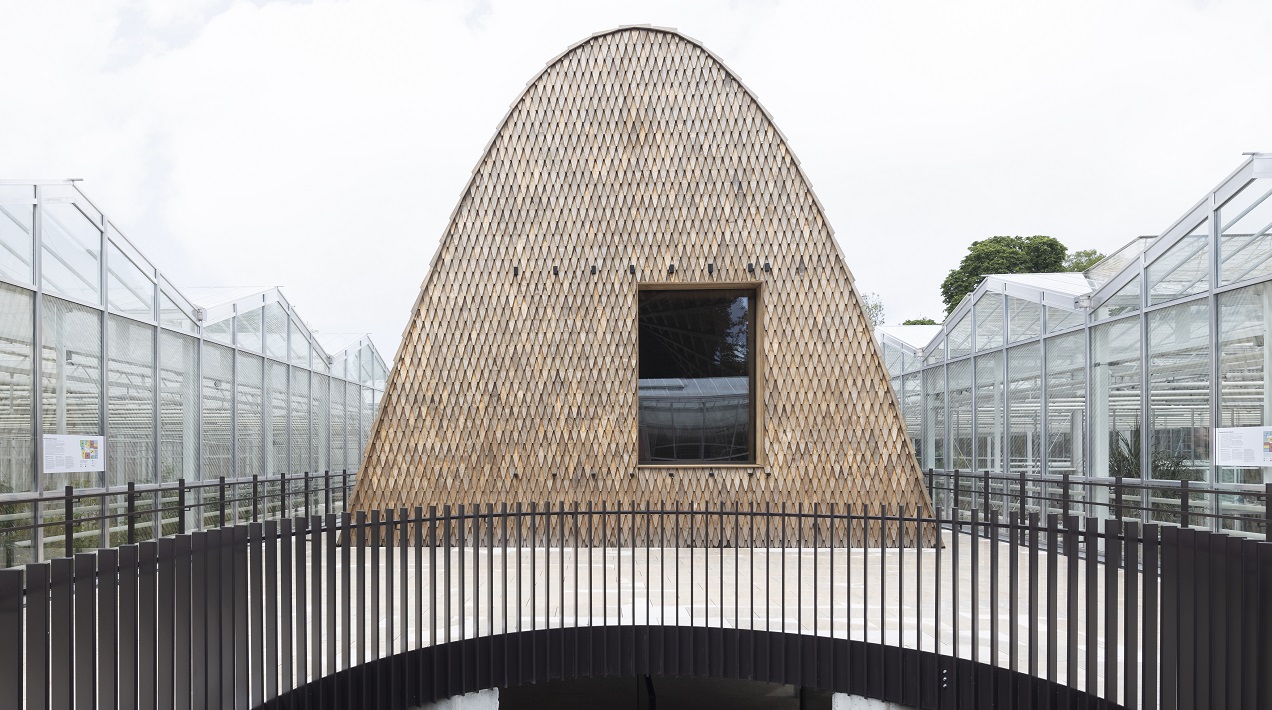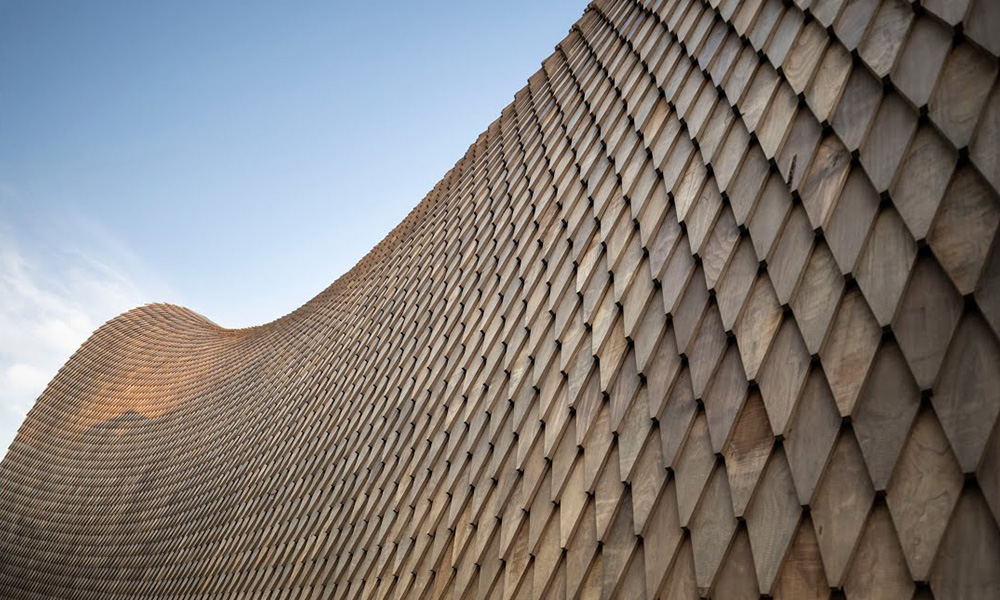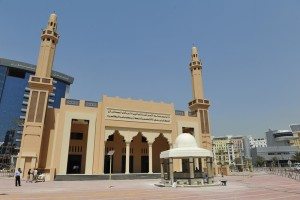Green Ark project inaugurated at Belgium’s Meise Botanic Garden
The Green Ark project lies at the 92Ha Meise Botanic Garden and houses more than 10,000 species of endangered plants

The Meise Botanic Garden in Belgium, conservatory of endangered plant species, celebrated the completion of the Green Ark project, the renovation of a 7,600m of greenhouse complex and the installation of a hyperboloid pavilion made with sustainable Kebony Clear wood.
The Green Ark project lies at the 92Ha Meise Botanic Garden and houses more than 10,000 species of endangered plants across 22 different greenhouses, each regulated to ensure optimal temperature and climate conditions for the diverse collection of flora. Other technologies installed at the Green Ark include an irrigation system that recycles rainwater, while energy consumption has been halved in comparison to the old greenhouse facilities.
Creating a place to conserve and research vulnerable species, the Green Ark will also act as learning hub, educating the Meise Botanic Garden’s 240,000 annual visitors of the ever-increasing threat that climate change poses to the planet’s biodiversity and the innovations in place to protect the environment for future generations says a statement from Kebony.

Gert Van Beeck, Sales Manager at Kebony, comments: ‘’The Green Ark embodies an innovation in the world of construction, creating a place where sustainability and aesthetics intertwine harmoniously. With a focus on Kebony wood, a viable ecological alternative to tropical hardwoods, this project demonstrates the successful symbiosis between modern architecture and ecological commitment, setting a model for more inspiring sustainable projects in Belgium and beyond’’.
While hardwoods can take 80-200 years to grow, the fast-growing FSC certified softwoods used by Kebony are specifically planted for this purpose and grow to the desired sizes in 25-30 years. During the growth of these trees, carbon is captured from the atmosphere, contributing to CO2 sequestration. The dual modification process permanently transforms the wood cell walls by forming locked-in furan polymers; the dimensional stability, durability, and hardness of the wood are all increased, guaranteeing both a long life and a high level of safety.
























